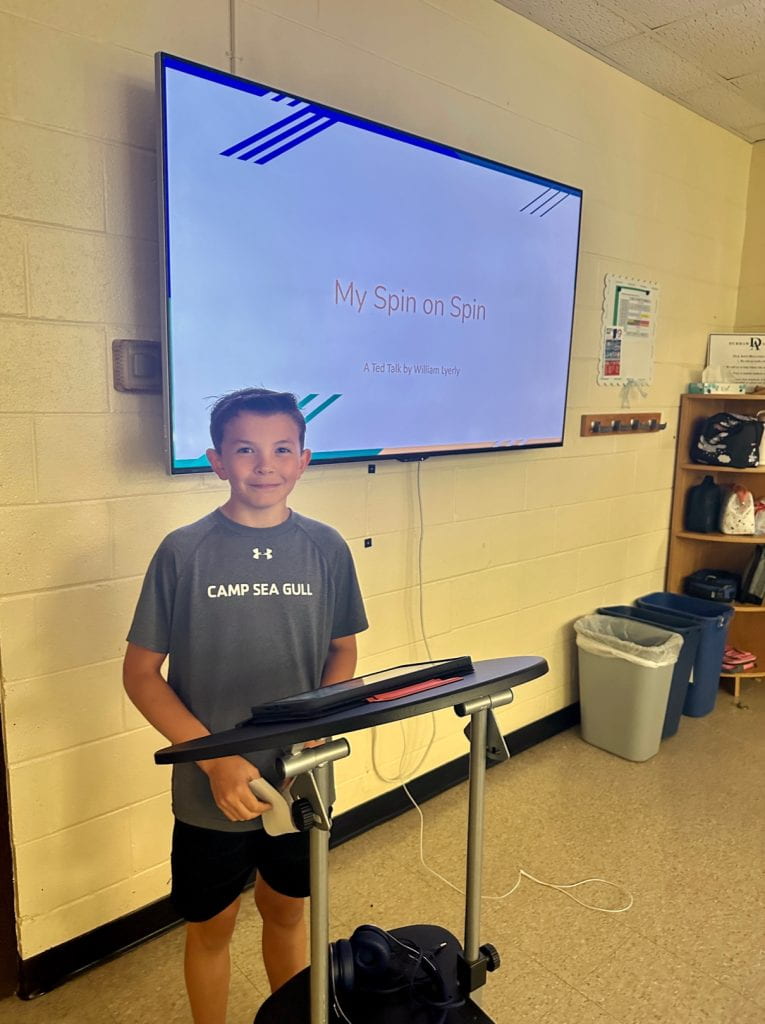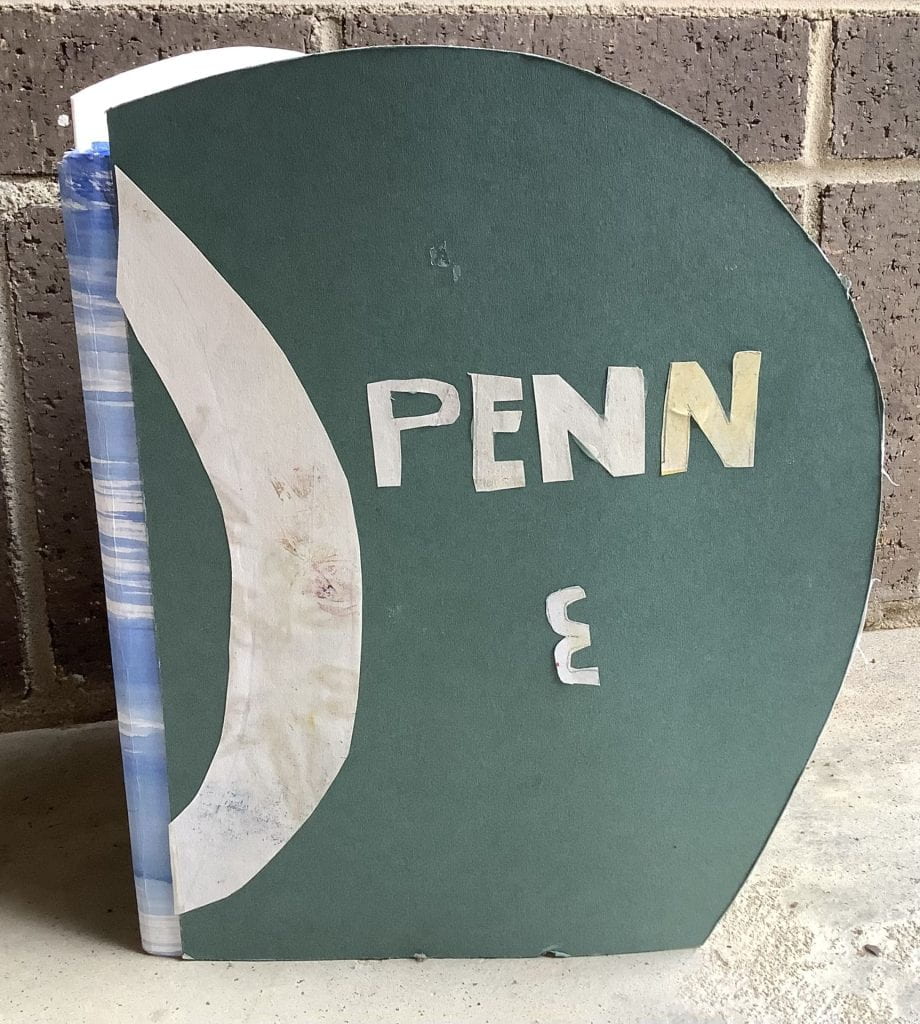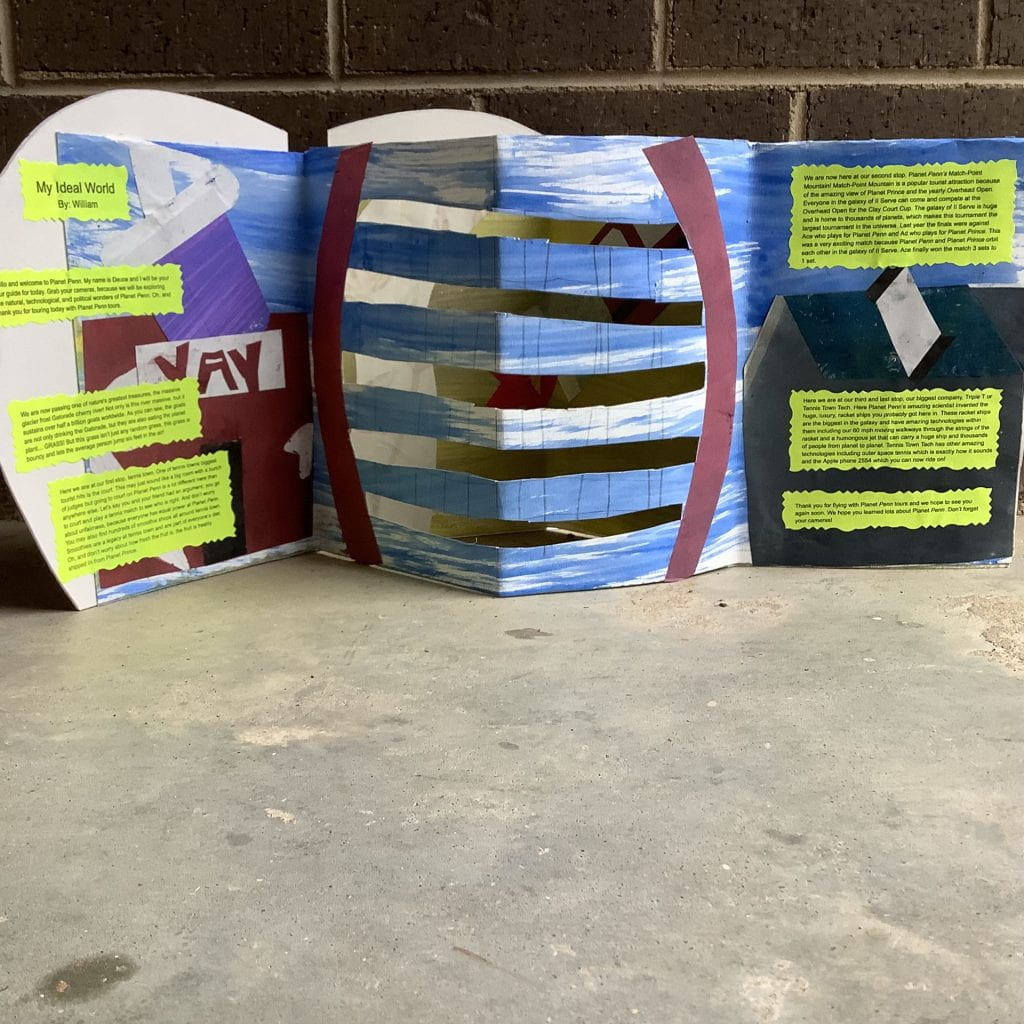
 Giving a Ted-like Talk was a really good experience not only because it taught me the life lessons of public speaking but because it allowed me to teach and speak out about something that is important to me. My Durham Academy 6th grade language arts class worked tirelessly for the whole month of May to create our very own Ted-like Talks. In my Ted-like Talk, My Spin on Spin, I showed through tennis that succeeding is not just about the strength and brute force one puts into something, but it’s the technique and care one puts into something that leads them to success.
Giving a Ted-like Talk was a really good experience not only because it taught me the life lessons of public speaking but because it allowed me to teach and speak out about something that is important to me. My Durham Academy 6th grade language arts class worked tirelessly for the whole month of May to create our very own Ted-like Talks. In my Ted-like Talk, My Spin on Spin, I showed through tennis that succeeding is not just about the strength and brute force one puts into something, but it’s the technique and care one puts into something that leads them to success.
Watching my peers’ Ted-like Talks I was amazed by their presentation and public speaking skills, even more because I hadn’t even started my Ted-like Talk until several of them were already done. One of the hardest things for me when creating a Ted-like Talk was deciding my topic. When deciding, I had to think about what I have been doing my whole life, what I love, and what is important to me. Still with hundreds of options this was an extremely hard decision. I realized: I can’t only have a topic that I like and that is important to me; my topic also has to be about something I can teach about through either a life lesson or something that my peers and maybe others do not fully understand. Then it hit me… Tennis! The spins of tennis would fill all of these requirements and make a perfect Ted-like Talk.
When creating my presentation, because I was talking about spin, some of the concepts I was trying to communicate needed a visual or even a video to help people understand. Spin is created by the angle of your tennis racket so with videos I could show how the angle of the tennis racket affected and spun the ball in an easy to understand and descriptive video. The hard part was making these videos… This process took hours, especially because I had to draw each individual frame in FlipaClip, an animation app. Research for this project was light, but writing even one paragraph per video explaining a pretty complicated topic such as the spin of a tennis ball is also a long process. Even with descriptive videos to go along with those several paragraphs this was still a hard and long process to discuss in a five minute talk.
On the day of my presentation, I walked into our language arts feeling extremely nervous but confident in the long, painful hours of preparation of my talk. Being first out of numerous peers on my presenting day, I walked to the podium as some people settled into their seats with others still walking in.
Once everyone in my class took their seats, I took a deep, long, awkward breath to calm myself and started. In the first few slides in my presentation, I spoke both fast and with uncertainty, probably only taking one or two breaths every slide. As I coughed the words out that I had been practicing for hours before, I glanced at each and every one of my peers at least once to see if there was even a trace of confusion. Over the course of My Ted-like Talk, I became less nervous, speaking with both confidence and good pace, pointing out and explaining videos more thoroughly. Before I knew it, I was at the end of my talk and both clapping and compliments filled the air. I was overjoyed with the result and because my hard work paid off.
In the end, the process of making and presenting my Ted-like Talk and watching my peers’ Ted-like Talks was extremely rewarding because I could connect with peers who had similar interests on topics, learn about topics that I never heard of before but sounded really interesting, and learn more facts about topics I may have known about before. In large part, I owe these amazing rewards of Ted-like Talks to Mrs. Donnelly, my language arts teacher, for planning and pushing our class to write the best possible talks we could give about something that is important to each of us.


 One of the books we read during language arts class at Durham Academy is
One of the books we read during language arts class at Durham Academy is 
 Giving a Ted-like Talk was a really good experience not only because it taught me the life lessons of public speaking but because it allowed me to teach and speak out about something that is important to me. My Durham Academy 6th grade language arts class worked tirelessly for the whole month of May to create our very own Ted-like Talks. In my Ted-like Talk,
Giving a Ted-like Talk was a really good experience not only because it taught me the life lessons of public speaking but because it allowed me to teach and speak out about something that is important to me. My Durham Academy 6th grade language arts class worked tirelessly for the whole month of May to create our very own Ted-like Talks. In my Ted-like Talk,